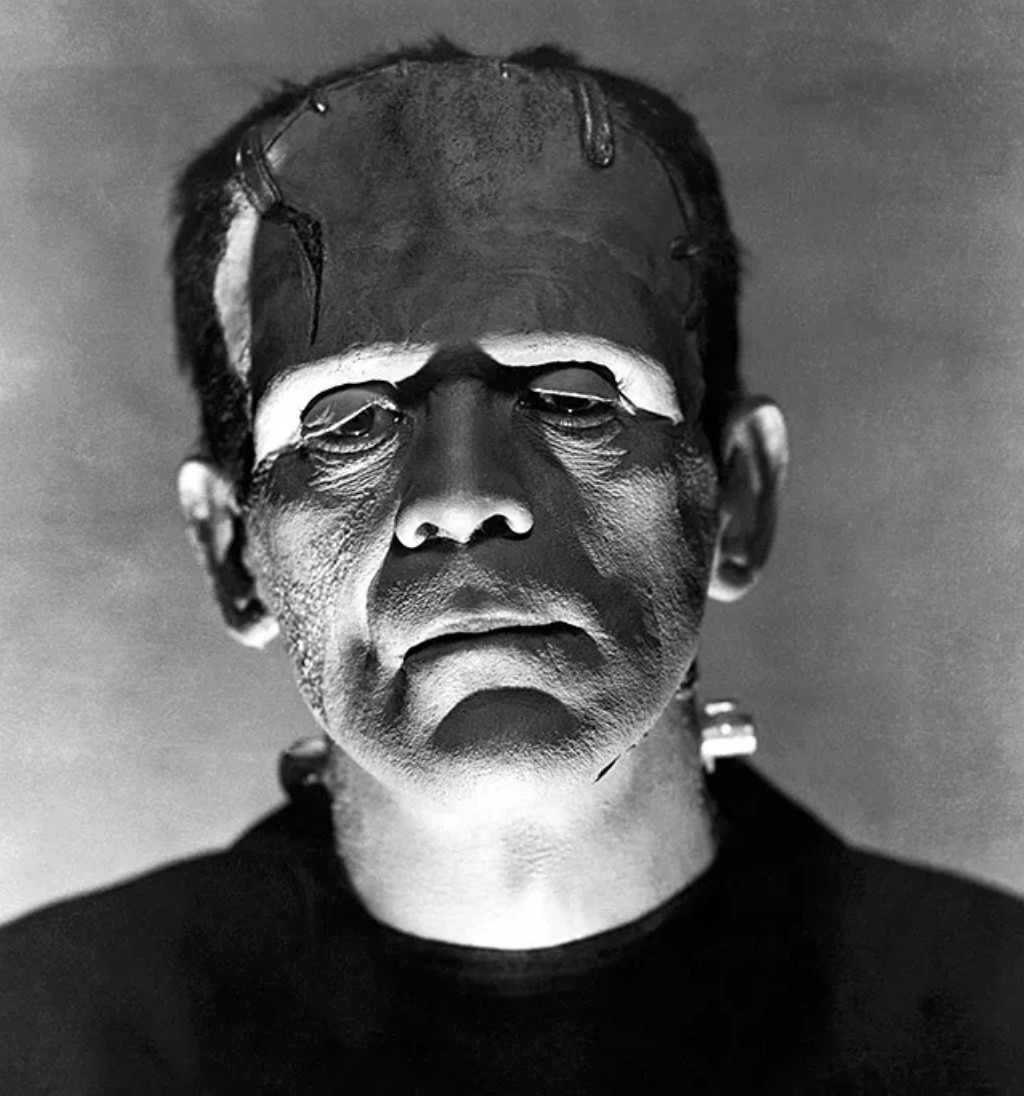The bolts themselves are described as: "actually electrodes used to conduct the electricity used to bring the monster to life."
More specifically, quantum electrochemistry is the application of quantum mechanical tools such as density functional theory to the study of electrochemical processes, including electron transfer at electrodes. It also includes models such as Marcus theory.
What two types of reaction happen at the electrodes?
Electrode reactions can be classified into two groups: one in which an electron transfer takes place across the electrode interface, such as ferric–ferrous redox reaction ( Fe aq 3+ + e = Fe aq 2+ ) ; and the other in which an ion transfer takes place across the electrode interface, such as iron dissolution–deposition ...
Nanoparticles often self-assemble into hexagonal-close-packed (hcp) structures although it is predicted to be less stable than face-centered-cubic (fcc) packing in hard-sphere models. In addition to close-packed fcc and hcp superlattices, we observe formation of nonclose-packed simple-hexagonal (sh) superlattices of nearly spherical PbS, PbSe, and γ-Fe2O3 nanocrystals.
This surprisingly rich phase diagram of monodisperse semiconducting nanoparticles is explained by considering the interactions between nonlocal dipoles of individual nanoparticles. By calculating the total electrostatic and dispersive energies, we explain stability of the hcp and sh nanoparticle superlattices, introduce the superlattice phase diagram, and predict antiferroelectric ordering in dipolar nanoparticle superlattices.

